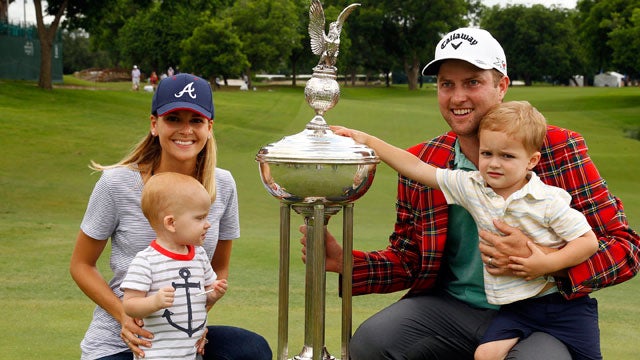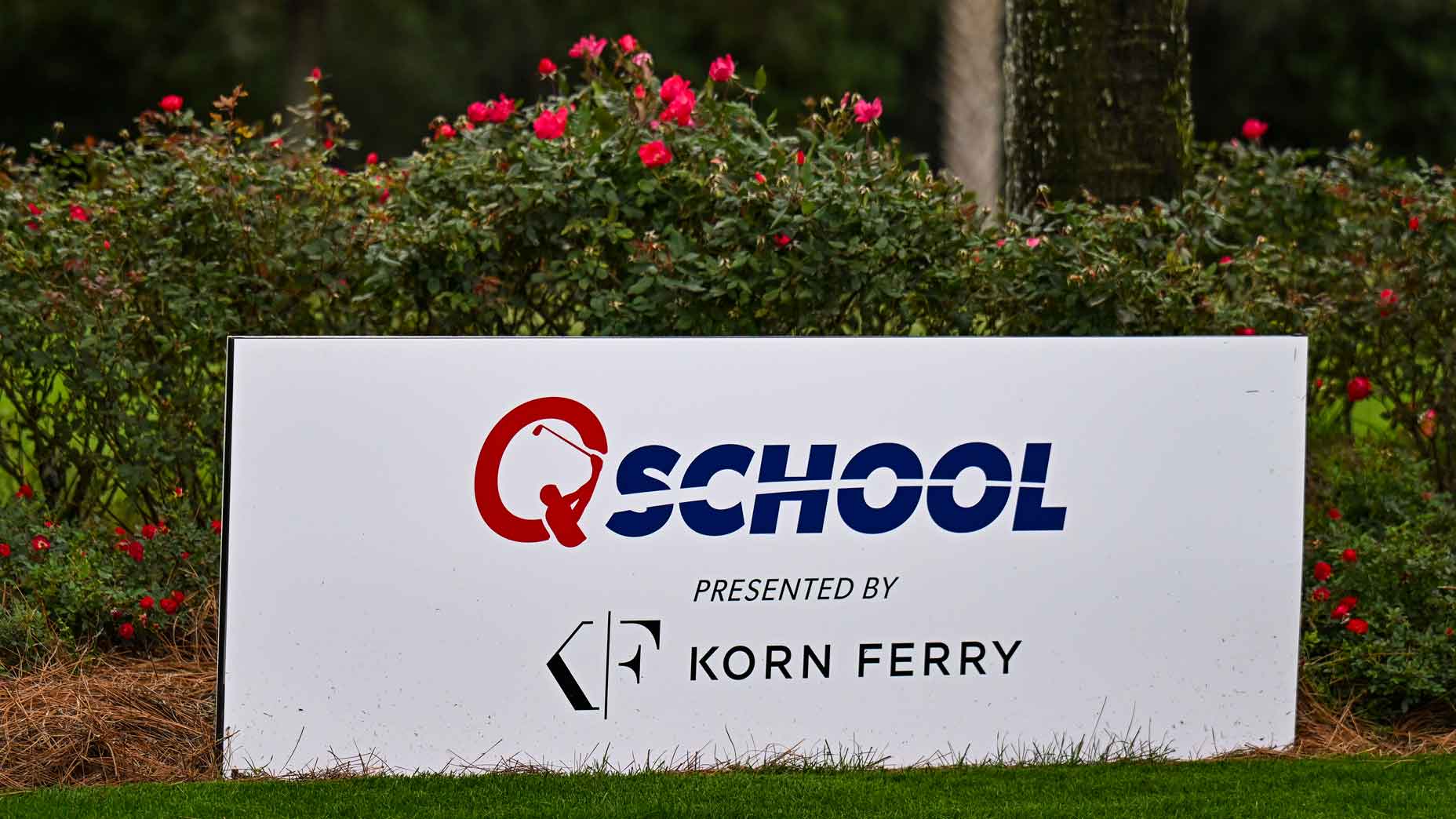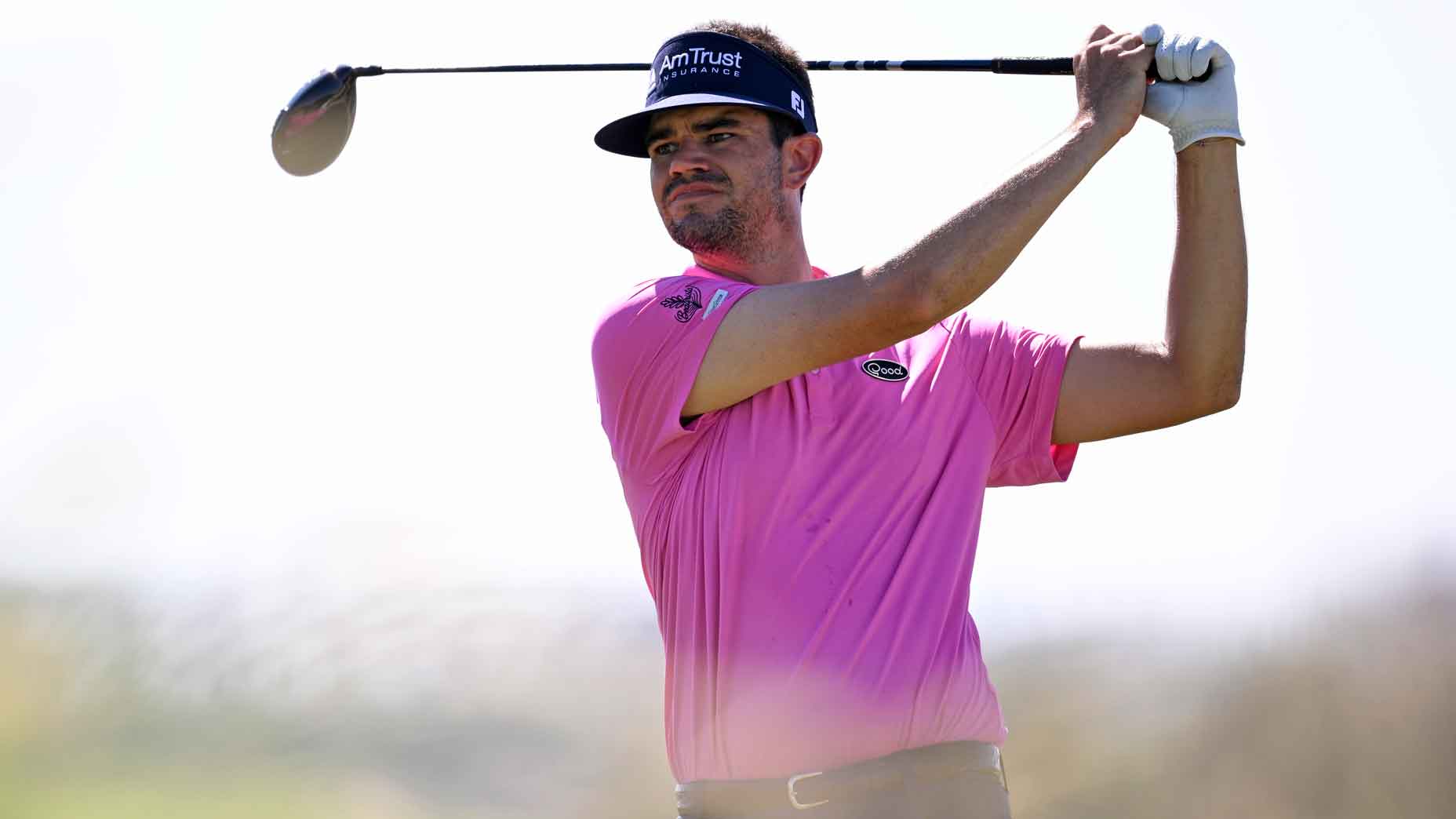If you follow the PGA Tour and you’re not familiar with the name Scott Hamilton, you should be. He currently teaches more than a half dozen Tour players, a number of whom have won official events in the last several years. But Hamilton, a Golf Magazine Top 100 Teacher who’s been plying his trade since the 1980’s, isn’t particularly interested in media attention and doesn’t envy friends like Tiger’s former coach Sean Foley, or current “swing consultant,” Chris Como.
“I’m on Tour most of the season but I’m a country guy and I don’t need a lot of people looking at me when I’m teaching,” Hamilton said. “My teaching bays at Cartersville Country Club are where I do a lot of my best work. It’s a relaxed atmosphere and the guys like to hang out and trade ideas. It’s a nice situation.”
Hamilton is talking about his studio at his home course in Cartersville, Ga., where he teaches the art of straight hitting to a slew of former Georgia Bulldogs including Chris Kirk, Brendon Todd, Harris English and Russell Henley, among others. In his teaching bays, where he also instructs former Ryder Cup member Boo Weekley and Australian Steven Bowditch, Hamilton has six cameras that are, “set dead on plane,” and which he has checked regularly to make sure a player sees the exact same thing at every practice session.

“It’s like calibrating, they get used to it and jump right in and know what they’re doing just by looking at the video,” Hamilton says. “I’m still an on-plane teacher, which some people think is old school, but it works.”
Along with multiple cameras, Hamilton, a confessed tech junkie, makes significant use of a Trackman launch monitor as well as a Force Plate that he recently started using to measure how different players shift their weight during the swing. Hamilton uses technology to guide his approach rather than allow it to dominate his teaching. The key he says, is knowing what to look for.
“There are five key measurements that Trackman is great for – angle of attack, swing direction, club path, face angle, and vertical swing plane,” he says. “The thing that a lot of people don’t realize is that angle of attack and swing direction create club path, so you can’t just work on path alone. It’s all about how up or down you swing and how far left or right the club moves through impact. Once you realize that path is a byproduct of those combinations you’re on your way to figuring out what you need to do to help someone hit it straighter. You don’t have to get everyone completely neutral but generally the less manipulations you have in a swing the more reliable it will be.”
A great example of a player who’s benefitted from Hamilton’s approach is Chris Kirk, who bagged two wins in 2014 along with nearly $5 million in winnings.
“Chris was a great putter and wedge player who just couldn’t drive it in play with any consistency,” Hamilton said. “When I checked out his driver swing it turned out he was about eleven degrees to the right and a little bit descending through the ball, which is an impossible combination for straight driving. After making some changes including opening his stance and moving the ball up a bit, among other things, he eventually got to where he is now, which is about two degrees up and four degrees to the right. That’s a solid combination and it’s turned him into a straight driver of the ball.”
Hamilton acknowledges his forte is teaching pros to drive it straight, which is something amateurs want to do as well. Hamilton offers some fairly simple advice to weekend players who want to consistently find the fairway.
“I like the head very still at impact because it prevents you from moving in front of the ball through impact, which is a killer with the driver,” he said. “A quiet head tends to keep the clubface quiet through the hitting zone. Then, if you can just line up your left arm and the shaft, you’ll have a better chance of hitting the ball straight.”
Here are the key moves Hamilton’s winning students use.
Russell Henley: Winner, The Honda Classic

“The main thing for Russell was he didn’t have any wrist hinge and the club was behind him in the downswing. All we did was get the club more in front of his body, with some added wrist hinge, and he started driving it better.”
Harris English: Winner, OHL Classic at Mayakoba

“Harris likes to hit a cut but he was hitting pulls instead. To fix it he started swinging more and more left, which just made things worse. We fixed his hand plane and moved his arms tighter to his body in the backswing so he couldn’t come over the top and pull it left. Once he stabilized his head so it stayed behind the ball through impact he hit it a lot straighter.”
Boo Weekley: Winner, Crowne Plaza Invitational at Colonial

“Boo was laid off at the top with his driver. He likes to swing to the left anyway and his position at the top was forcing him to make contact in the heel of the club. We worked to make sure he got the club under his elbow at halfway into the backswing and it lets him swing down on the ball and to the left, producing a predictable cut. This isn’t the best way to hit it long but it’s a good way to get the ball in play.”
Steven Bowditch: Winner, Valero Texas Open

“To hit a solid iron shot you have to have the shaft leaning forward, toward the target, so the clubface is slightly de-lofted. Steven not only had no forward lean but he had the shaft leaning away from the target. He’s so talented and so smart that we just worked on his hand action and eventually he developed about six degrees of forward lean with his 6-iron and actually started launching it a bit too low. We made some adjustments to his shafts and he went out and won, which was amazing.”
Brendon Todd: Winner, HP Byron Nelson

“I probably helped Brendon more than anyone I work with. Mechanically he was a mess so we did a complete overhaul and got him practicing a drill where he hinged the club out in front of him. The incredible thing is he was able to play extremely well with what amounts to a drill and only recently has he started making a more orthodox, natural swing. He was able to win anyway because he’s so talented.”
For more news that golfers everywhere are talking about, follow @golf_com on Twitter, like us on Facebook, and subscribe to our YouTube video channel.






